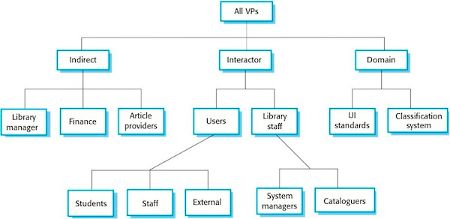A year ago I wrote that
Microsoft’s
purchase of Nokia looked
“like
it was intended to guarantee that at least one major manufacturer in
the world would be producing phones based on Microsoft’s software”.
Well
since that time a lot has happened.
Steve
Ballmer has
been replaced by Satya
Nadella
as
Microsoft CEO. Microsoft has acquired Nokia's handset business,
turning the once proud jewel of Finland into just another MS porridge
product.
Apple has a new cell phone and has
take several steps further into the minute control of the entire
Apple eco-sphere, much to the benefit of their bottom line. Android,
the ubiquitous cell phone software is no the most "used"
computer operating system in the world, although unlike Microsoft's
Windows and Mac's operating systems, it's basically provided at no
discernible cost.
Not long ago, I used to think
these were things of some import, but lately I have found that I care
less and less about winners and losers and I care more about
ownership and control. And you know what? We're losing this battle.
Both Windows and Apple have taken steps to lock down the devices
running their operating systems; with the ultimate goal of generating
revenue of the parent OS when ever you install and in some cases, use
the software running on the device.
This is already true of Apple's
IOS. And Microsoft's Office 360 and Adobe Photshop have embraced a
pay as you go for use of their products. And as for Android, Google
cares less about what type of device you're running so long as it is
fuelled with Google products that reinforce Googles advertising
empire and lately with its own productivity apps (Google Docs).
Further, it controls what's run in the Andoid space, through it's
control of the Play store.
At one point in time, you could
run whatever program you liked on your device and it was nobody's
business or concern save your own. Now increasingly you need Apple,
Microsoft or Google's permission to down load and install a piece of
software. The door has been completely closed, but it's getting
harder and harder to do. Only Linux is different, and other than a
few die hards like myself, it seems forever destined for obscurity.
Somehow, I don't think this bodes
well.
Written: by Rick Gregory


































